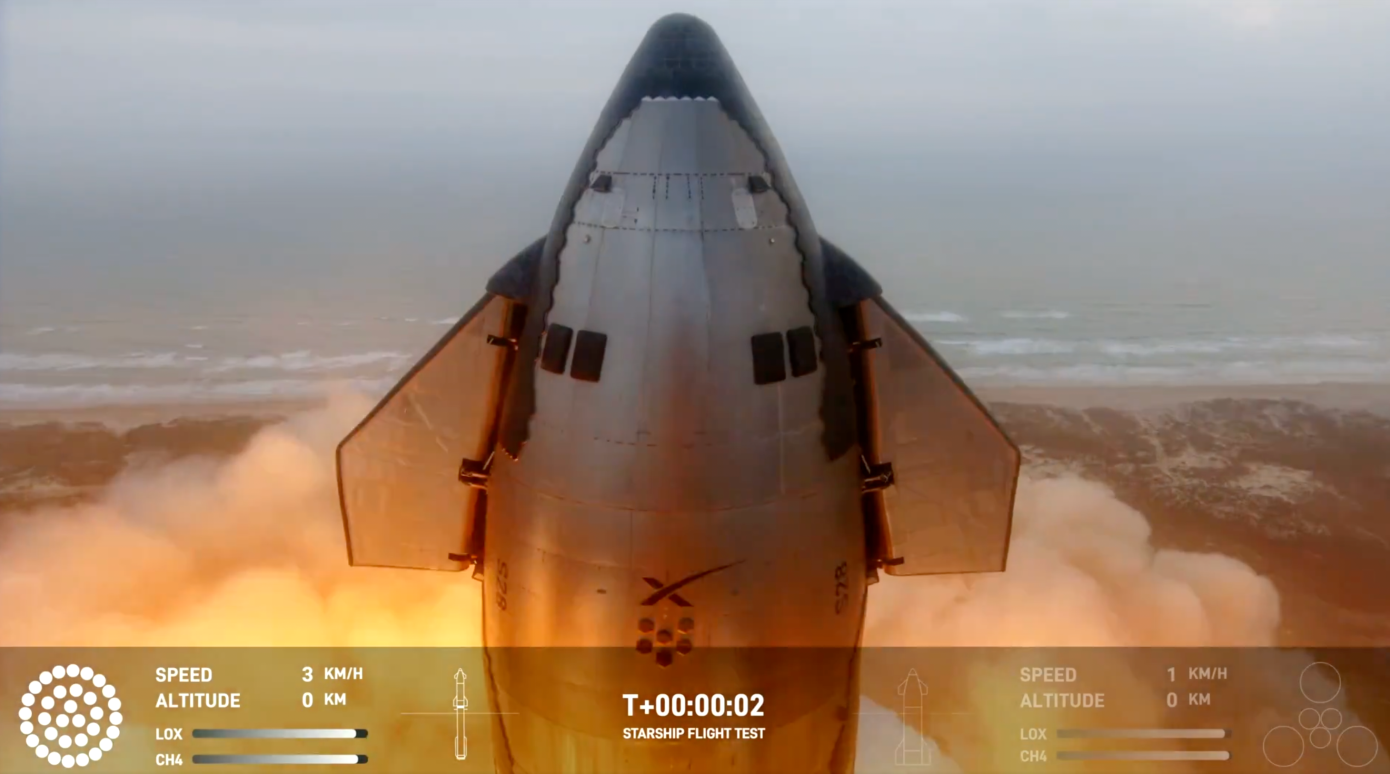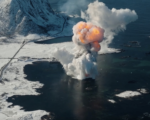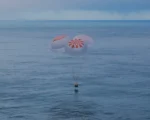SpaceX has made significant strides in the development of Starship, the largest rocket ever constructed, with its third test flight on Thursday achieving notably more than its predecessors.
The towering 400-foot Starship rocket took off from SpaceX’s Starbase facility in southeastern Texas at 8:25 a.m. local time. While SpaceX has been diligently working on Starship for several years, this marked only the third attempt at an orbital mission.
Following liftoff, Starship ascended through a nominal trajectory, with all 33 Raptor engines on the Super Heavy booster performing as intended. Around 2 minutes and 45 seconds into the mission, the two stages separated seamlessly. Notably, the launch vehicle executed a novel stage separation method known as “hot staging,” where the upper stage (Starship) ignites its engines to propel away from the Super Heavy booster. This hot-staging technique, introduced during the second Starship test flight in November, was successfully implemented for the first time.
Subsequently, the Starship upper stage continued its journey towards orbit. SpaceX CEO Elon Musk commended the team’s efforts, announcing on Twitter, “Starship reached orbital velocity!” This achievement marks a significant milestone in SpaceX’s ambitious plans for space exploration.
Starship reached orbital velocity!
Congratulations @SpaceX team!!
— Elon Musk (@elonmusk) March 14, 2024
During the mission, the booster successfully executed a boostback burn to adjust its trajectory, a maneuver akin to the Falcon 9’s booster landing process. However, its engines failed to relight for the landing burn phase, resulting in the loss of the Super Heavy.
Nevertheless, SpaceX achieved another significant milestone by opening Starship’s payload door for the first time. This capability is essential for the company’s plans to deploy numerous next-generation Starlink satellites rapidly. Additionally, SpaceX completed a propellant transfer demonstration during the mission, although specific details regarding the results were not provided.
















